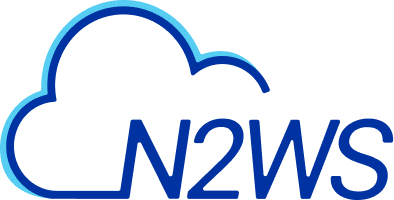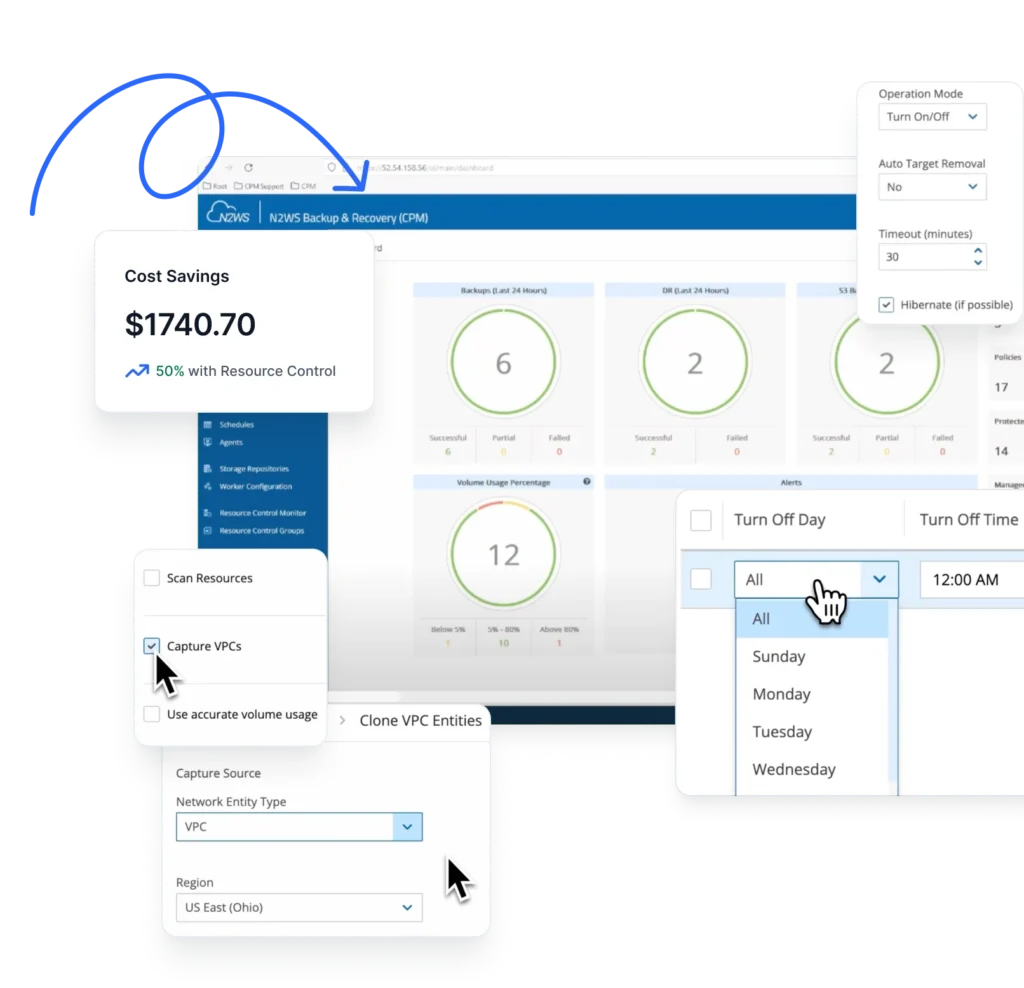In today’s market, as organizations move their IT operations to the cloud, Backup as a Service (BaaS) and Disaster Recovery as a Service (DRaaS) are viewed as required complementary services to any cloud IT platform. The need for safe, reliable, secure, scalable, manageable and affordable solutions for BaaS and DRaaS is becoming more and more evident. In fact, according to Markets and Markets research, the DRaaS market is estimated to grow globally at a Compound Annual Growth Rate (CAGR) of 52.9% from 2015 to 2020. The BaaS market is also expected to grow at a healthy 27% pace. This shows that there is a clear business opportunity to be tapped for Managed Service Providers (MSPs).
To take advantage of this opportunity, MSPs wish to offer BaaS and DRaaS to their customers. This article describes the requirements that MSPs should satisfy in their own infrastructure for implementing successful backup and disaster recovery services.
Finding the Right BaaS/DRaaS Solution: 6 Criteria to Consider
It is important to understand that your customer expects you to provide real added value that goes beyond the fundamental functionality of copying data. One of your major concerns will be selecting a technology that addresses your customers’ requirements and provides significant added value while sustaining a viable business model for your organization. Below are the top evaluation criteria for MSPs to consider when selecting a BaaS/DRaaS solution.
1. Security and Encryption All data – whether in transit or at rest – must be encrypted, and your technology should support this kind of encryption. You should also make sure that customers’ accounts are isolated; a user should not be able to see (even inadvertently) other customers’ data or account settings. Transit your data in order to create the DR site, and make sure that you separate between your production and DR site’s administrative access credentials.
2. Data Storage and Safety Data stored in backup copies must be consistent. The term ‘application quiescence’ is used to denote the state of an application when its stored data is consistent, and all applications’ data must reflect a consistent state of the consuming/producing application. Your technology should provide a means for forcing applications to reach quiescence prior to taking a snapshot of the data. Note that replication based DR systems work best when the failover scenario is immediate and seamless. Otherwise, consistency and integrity issues may arise. The safety of stored data is important as well. Your stored data’s safety is greatly enhanced when copies are distributed across multiple geographical regions. For example, if the primary copy of the data resides in the US West Coast, it’s good practice to keep backup copies on the East Coast or even in a more distant geographical location. You don’t want to end up in a situation where a disaster renders the primary data center inaccessible for an extended period of time.
3. Ease of Management The key challenge of BaaS and DRaaS management is the highly distributed nature of these services. By providing a robust and user-friendly administration functionality, you relieve the heavy burden of ensuring business continuity. Customers should not have to deal with the complexity of directly using cloud copy operations, designing a network of distributed replicas of data and maintaining scheduling and invocation activities. It’s easy to see that the self-made manual approach is risky, costly and cannot scale. You also want to remove the dependency on constant maintenance of fragile scripts and error-prone human operator involvement. Your solution should allow your customers to easily state their business policy, converting it into the actual commands that drive the backup and recovery operation. To enable a viable business model for yourself and provide your customer with real added value, insist that all provisioning should be automatically orchestrated, scheduled and launched.
4. Monitoring and Control Closely related to ease of management is the ability to monitor the system in operation. Customers of BaaS and DRaaS require up-to-the-minute information about their survivability posture. While similar requirements exist for all kinds of cloud-based services, backup and disaster recovery are particularly complicated due to the inherently distributed nature of the service, spanning multiple regions and systems. Your infrastructure should include global monitoring and control, alert and troubleshooting and mitigation tools. The ability to auto-diagnose faults and react to them quickly in real time is required as well. All of this must be done in full context: global or per account, per geography or based on other criteria and conditions. To support your business model viability, your infrastructure monitoring must also offer effective chargeback capability. This includes being able to itemize usage and fairly bill your customers.
5. Recovery Cabilities The primary aim of any backup and DR system is recovery. Your customer’s recovery capabilities should be fast, consistent, and complete. RTO/RPO must be configurable and should provide recovery of a state that is as close as possible to outage/failure time – without coming at the cost of data consistency and integrity. You will, of course, need to first ensure that your infrastructure supports such robust functionality. Customers should also be able to determine the recovered content. Specifying recovery granularity (e.g., file level recovery) is desired, and can save your customers a great deal of time and effort. The backup/recovery echo system should also provide the functionality to perform selective, point-in-time rollback (as opposed to restoring the system after a disastrous data loss). For example, deciding that recent work is invalid and there’s a need to unwind the system state (or a subset thereof) to a selected past point-in-time.
6. Scalability Finally, one of the most important evaluation criteria is the ability of your infrastructure to scale with demand. As customers’ databases grow in size, so does their backup storage space demand. Scalability means that size can grow on demand, but it also requires that no performance or functionality degrades as the system grows. In addition, the cost of growth should always be proportional to the consumed resources. These properties are known as “linear scalability”, and are essential to maintaining a viable business model and operational excellence.
Final Note
When searching for a BaaS and DRaaS solution, cloud MSPs want complexity to be eliminated, security and safety to be assured and costs to stay under control. MSPs should present added value such as DR and backup services. These can be implemented using DRaaS and BaaS solutions. Only platforms that provide superb support for the requirements above can also provide customers with what they need. If you are an MSP and your customers are running their IT on AWS, consider N2WS Backup & Recovery, a leading software tool for enabling MSPs to offer data protection services in the cloud, which addresses the requirements discussed above and more.
Try it free for 30 days – your trial will automatically convert to our Forever Free edition (no credit card needed).



